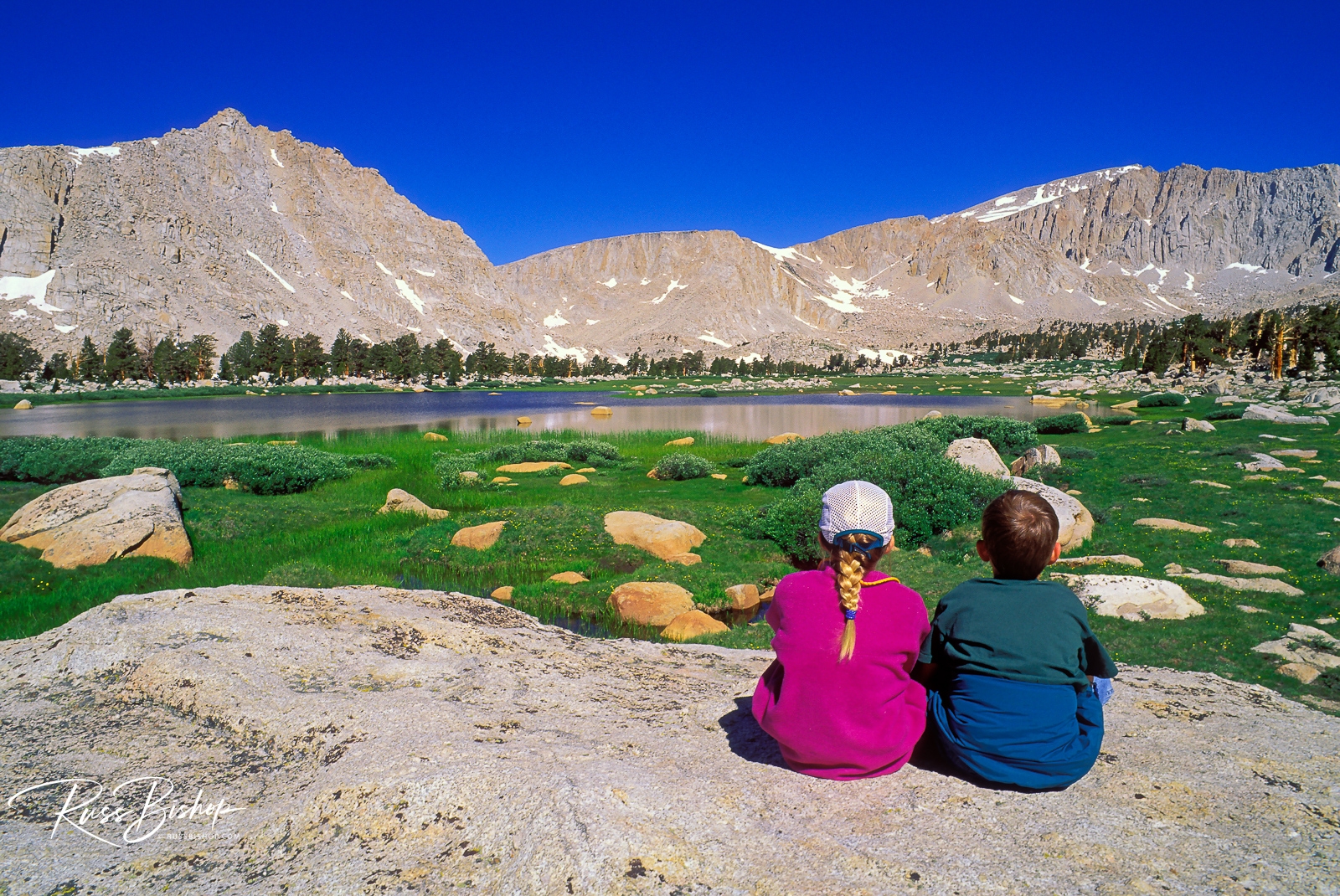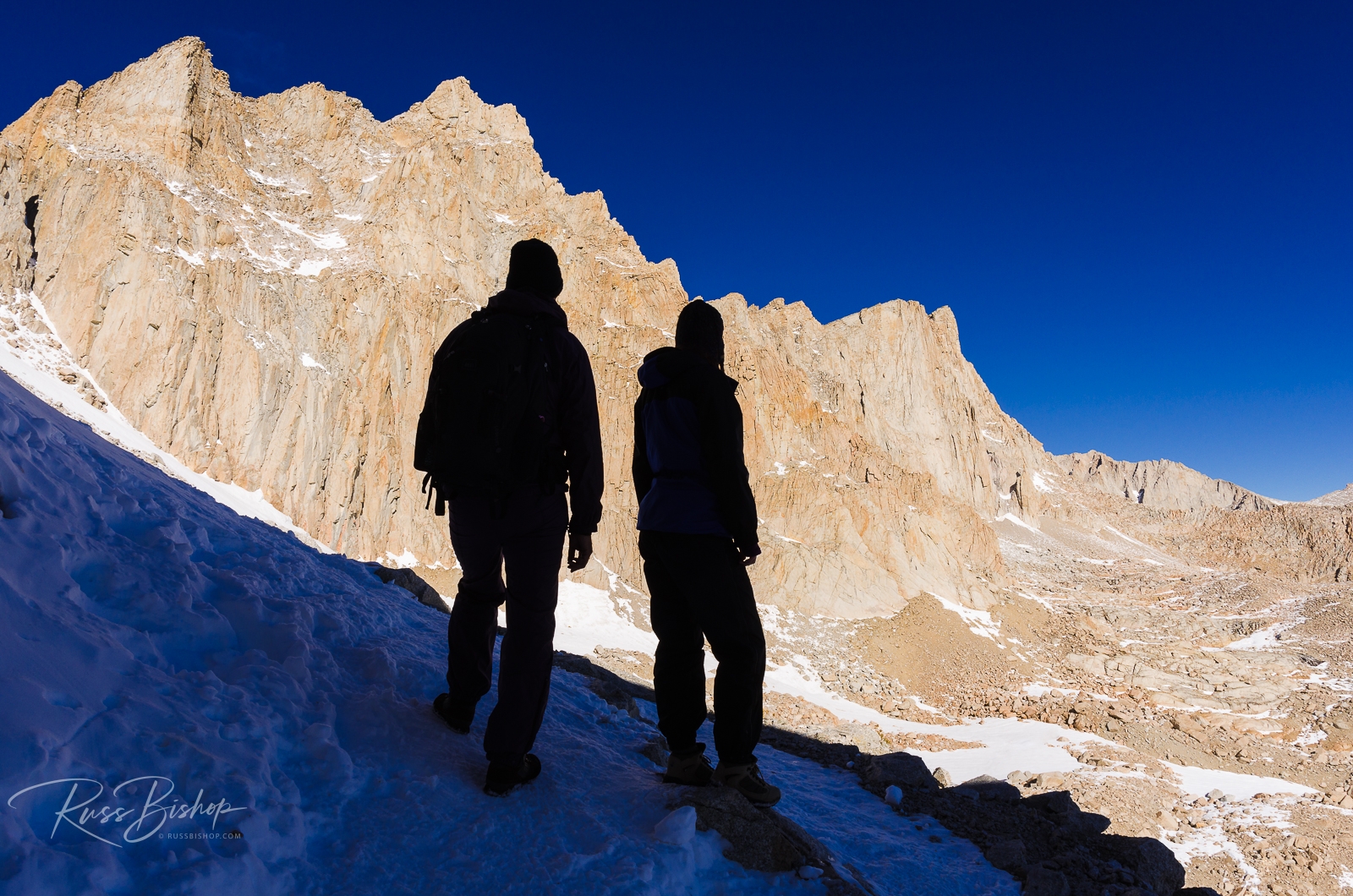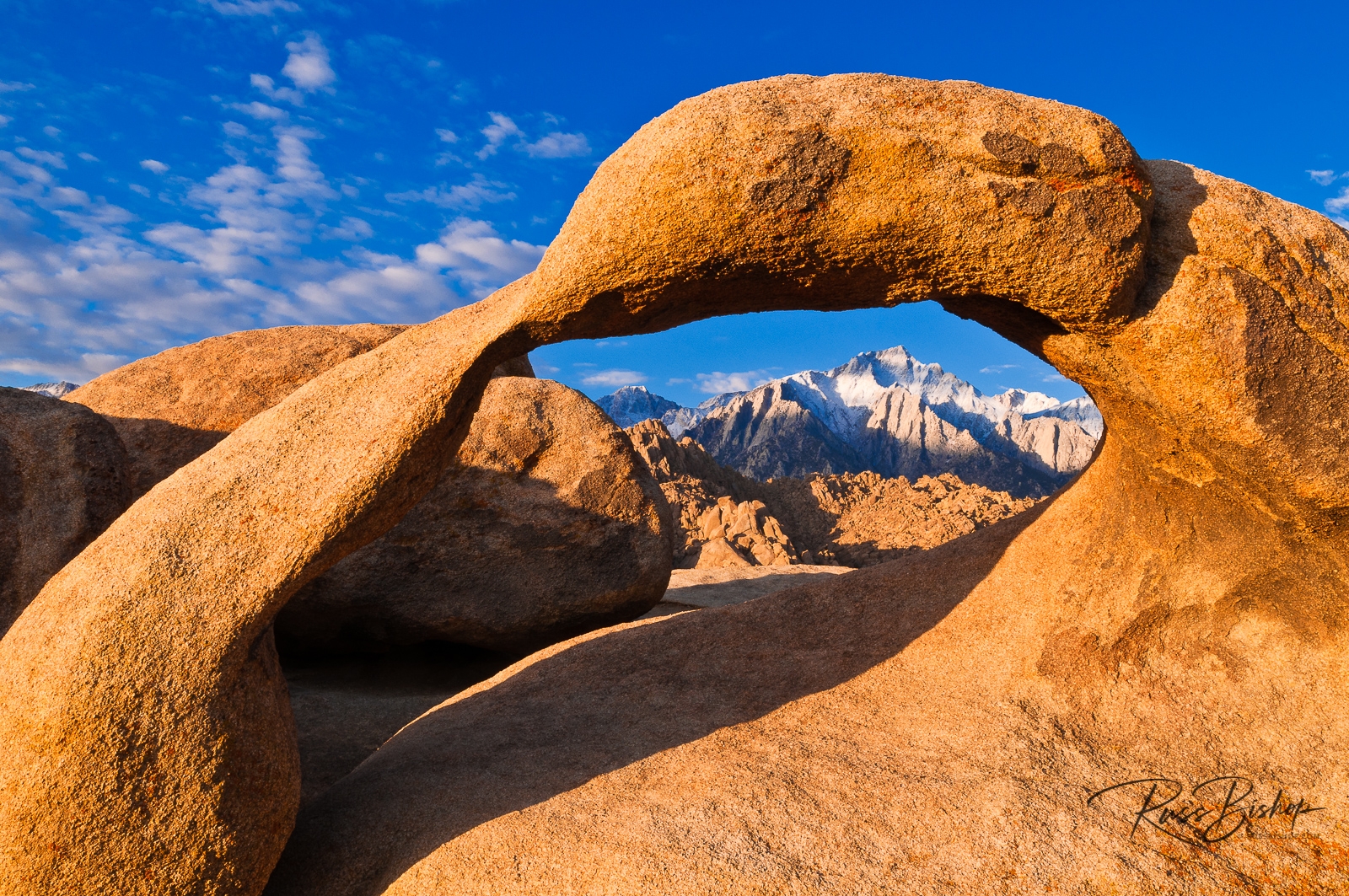
Kids in Nature. I have mixed feelings as I write this post. The image is a favorite location in the Sierras and a fond memory of a special trip with my kids to the wilderness. But it also holds a deeper meaning, a realization that future generations may not see the value in protecting such areas especially if they have little opportunity to experience them at an early age and ultimately appreciate and preserve them.
Many children today are losing the basic understanding that nature exists even in their own backyards and neighborhoods, which further disconnects them from their knowledge and appreciation of the natural world. It’s important to realize that enjoying a city park can be just as valuable as visiting a wilderness area in terms of instilling a life-long connection with nature.
Richard Louv, in his book Last Child in the Woods, explores research linking the absence of nature in children’s lives to rising rates of obesity, attention disorders, and depression. His findings point to an overload of electronic media combined with an understandable concern for safety from parents unwilling to just let their kids roam free.
Fortunately Ken Burns popular series America’s Best Idea spurred new interest in our national parks, bringing families together in the outdoors and reversing a trend in recent years referred to as “nature deficit disorder”.
I am a member of several conservation organizations whose common goal is to preserve the natural world and to remind us of the less obvious ways that nature enhances our lives. It can improve our physical health and mental outlook, and most importantly it nurtures our souls. “In wildness is the preservation of the world” – today Thoreau’s words are as meaningful as ever and if embraced by the next generation will ring true long into the future.
©Russ Bishop/All Rights Reserved


